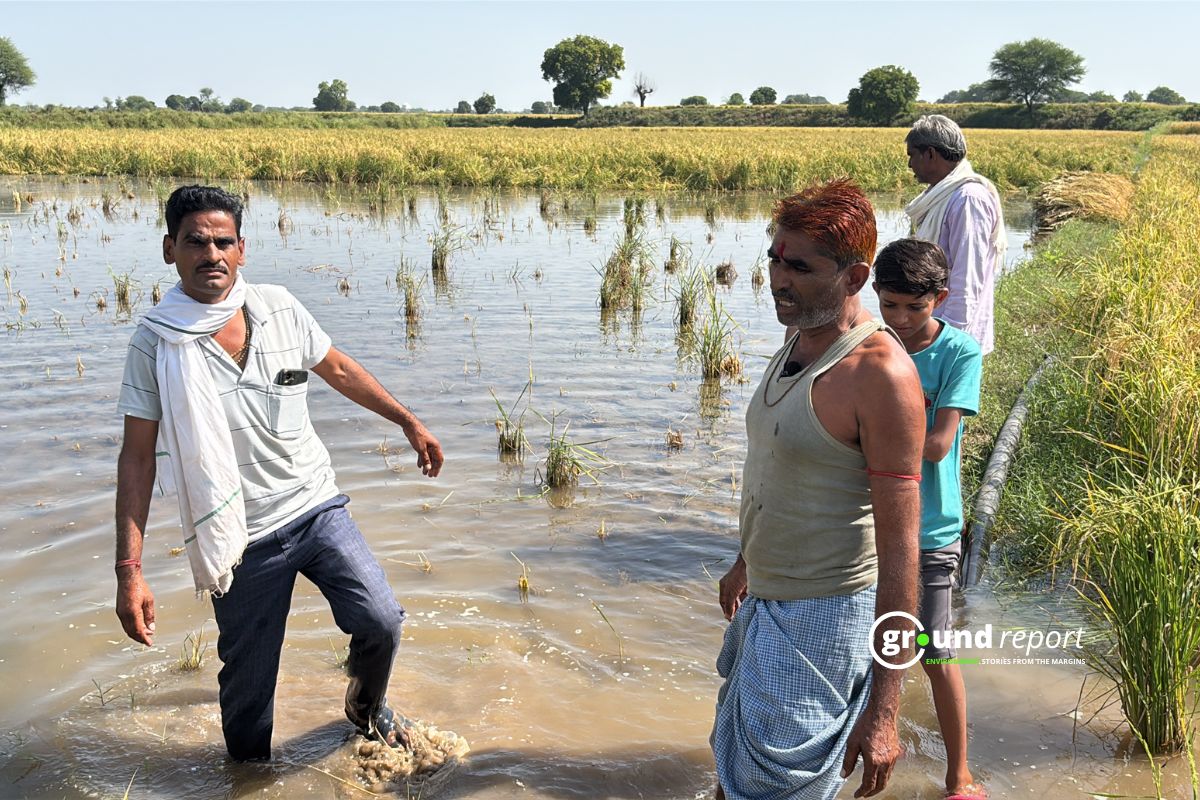National Bank for Agriculture and Rural Development (NABARD) has published the results of its second All India Rural Financial Inclusion Survey (NAFIS) for 2021-22, which offers primary survey-based data from 100,000 rural households on various economic and financial indicators in the post-COVID era. Recognizing the vital role of financial inclusion in fostering growth and economic development, NABARD initially conducted this survey for the agricultural year 2016-17 (July to June), with results released in August 2018.
The survey highlights that the average monthly income of households increased by 57.6% during the five-year period from Rs 8,059 in 2016-17 to Rs 12,698 in 2021-22. But the average monthly expenditure of households has also increased during the five-year period from Rs 6,646 in 2016-17 to Rs 11,262 in 2021-22.
A large agricultural population still depends on non-institutional sources for loans. The proportion of Agri-households that took any loan from non-institutional sources only decreased from 30.3% in 2016-17 to 23.4% in 2021-22.
Lack of ownership
The average size of landholdings decreased from 1.08 hectares in 2016-17 to 0.74 hectares in 2021-22. The survey evaluated the ownership of five high-value agricultural assets among farming households: tractors, power tillers, sprinklers, drip irrigation systems, and harvesters. A strikingly small percentage of agricultural households reported owning these assets.

Specifically, only about one in ten households owned a tractor. Ownership of sprinklers was reported by nearly 5% of households, while around 4% had drip irrigation systems. In stark contrast, only 0.5% of households owned a harvester. These findings highlight a substantial reliance on manual farming methods and indicate low levels of mechanization, which significantly limits the productive potential of farming households.
Income of Agricultural households
On an average, an Indian agricultural household earns Rs.13,661 per month. While households in Punjab earn the highest, Bihar is at the lowest.
Agricultural households in states like Punjab (₹31,433), Haryana (₹25,655), and Kerala (₹22,757) reported the highest levels of income, underscoring the significant contribution of this sector to their respective economies. In contrast, households in states such as Bihar (₹9,252), Odisha (₹9,290), Jharkhand (₹9,787), and Tripura (₹9,643) experienced much lower average monthly incomes, falling below ₹10,000. This disparity highlights the urgent need to promote better and more profitable agricultural practices in these regions.
Impacts of Climate Change and indebtedness
Around 30% of households reported experiencing crop failure at least once during the reference period, primarily due to irregular rainfall, seasonal extremes like cyclones or drought, and pest infestations. Furthermore, 12% of households encountered issues related to fluctuations in crop market prices, while 10% suffered losses of livestock from floods and diseases.

Not only the losses due to the events of climate change, but the financial burden on the farmers have also increased. Overall, 52% of households reported having outstanding debt, with agricultural households showing a higher incidence at 55% compared to 48% for non-agricultural households. This highlights a greater need for financial assistance among agricultural households. The percentage of indebtedness among agricultural households has increased as compared to 2016-17 when it was 52.5%.
Support us to keep independent environmental journalism alive in India.
Follow Ground Report on X, Instagram and Facebook for environmental and underreported stories from the margins. Give us feedback on our email id greport2018@gmail.com.
Don’t forget to Subscribe to our weekly newsletter, Join our community on WhatsApp, Follow our Youtube Channel for video stories.
Keep Reading
Why is Lesser Florican nearing extinction in Madhya Pradesh?
Gujarat: 38 Animals, birds die at Statue of Unity complex in 2 years
18 billion animals sacrificed yearly without making it onto someone’s plate: Study
Living planet report: Global populations of wild animals declined 69% in 50 years









